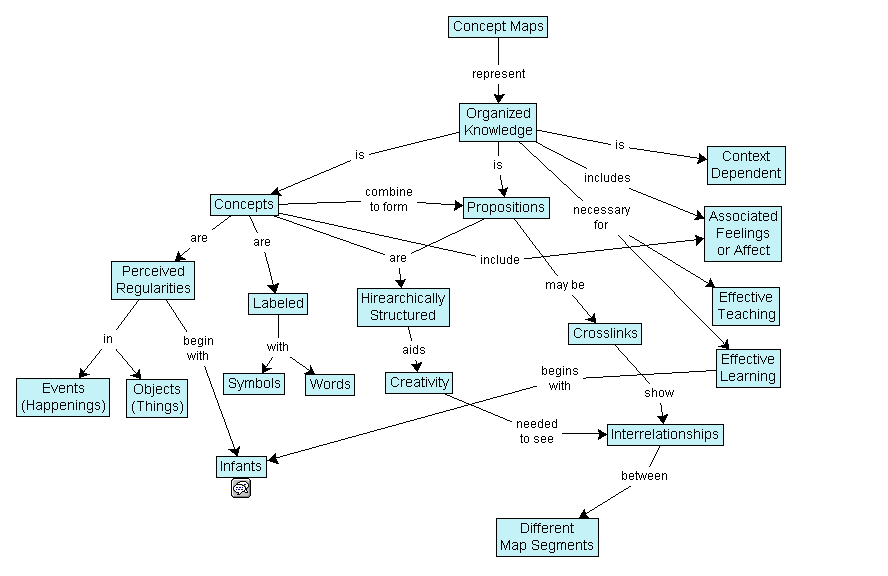People may hear a lot about concept maps, concept maps are a framework/diagram/graphical tool that visually illustrates relationships between concepts and ideas. The standard framework of concept maps is made up of two features.
First feature is the ideas that are represented as boxes or circles called nodes. Second is the connections between the ideas, which are connected with each other with the help of lines or arrows called arcs. These lines are linked with the concepts with linking words to explain the connections.
Concept maps have one of a kind features that sets them apart from other knowledge representation tools. Here are some of the key features of concept maps.
The first feature is Linking words or phrases. As mentioned earlier these words describes the relationship between two concepts. They are short on length and mostly contain a verb.
Second is “Propositions”. These are meaningful statements made up of multiple concepts connected by linking words. It is also known as semantic units.
Like with a flowchart, a concept map has a hierarchical structure. The inclusive concepts and larger concepts are located at the top. It is followed by smaller concepts that make sense under the larger concept. Like a chart, concept charts are read from top to bottom.
Another important feature of the concept map creator is the focus question. It defines the issues or problems that need to be solved. In hierarchical structure, the focus question must be used as a reference point.
Other than the key features, there is another feature in concept maps called parking lot. It is a make-do list that specifies an ordered list from most general to most specific concepts that must be included in the map. More importantly, it is a rough sketch.
The last but a relevant feature of the concept maps is Cross-links. It describes the relationships between concepts in different provinces of the concept map.




